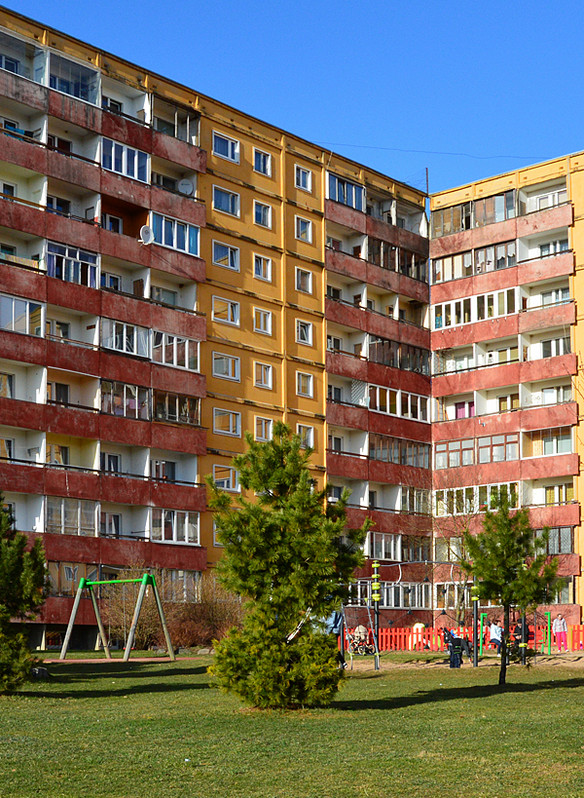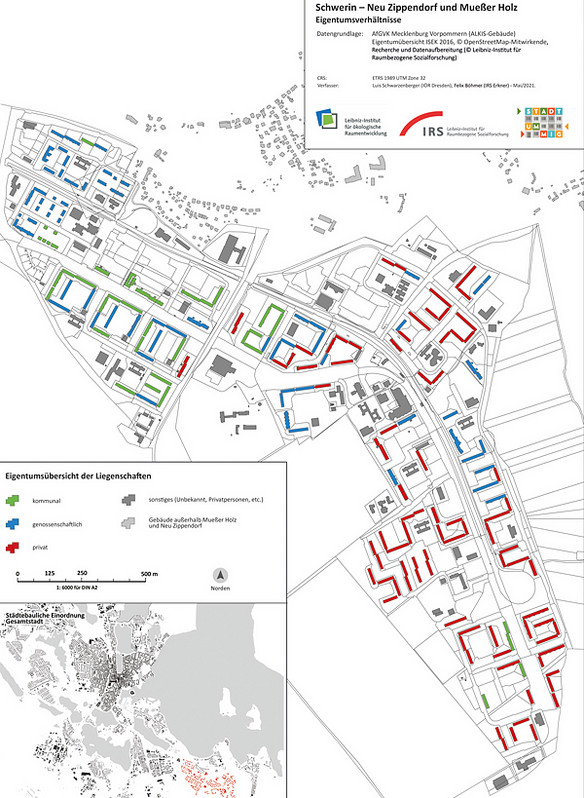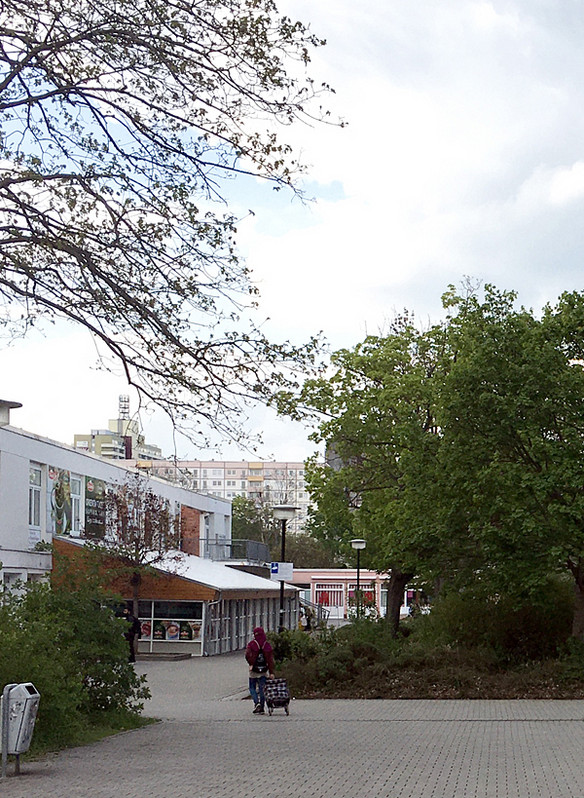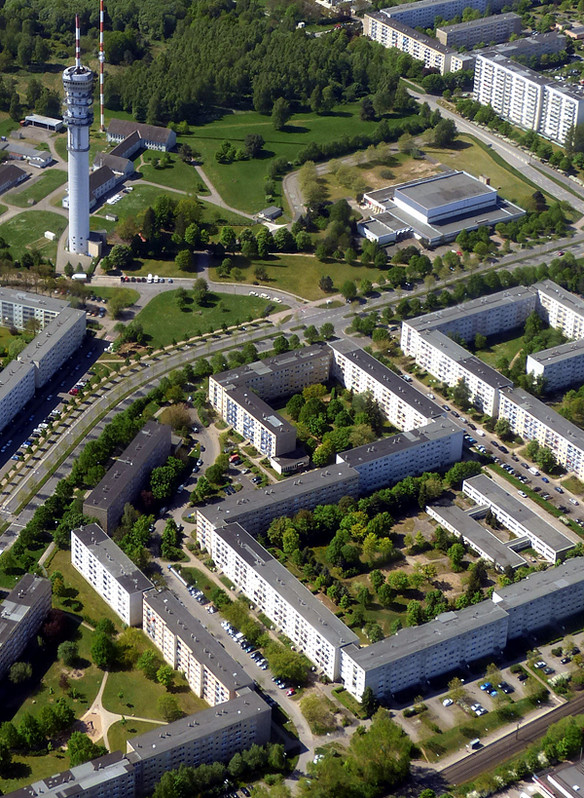Main Content
Places of Arrival – Large Housing Estates in East Germany
No 22 | July 2022

In this issue of IRS aktuell, which was supervised by Matthias Bernt, we devote special attention to the industrially built large housing estates of East German cities and their remarkable change of role: from attractive, modern residential areas to media-stigmatised places of departure and from there to new arrival points of migration. In the aforementioned joint project, the IRS, together with partner institutions in the region, researched the background and practical challenges of this change. Contributions in this issue provide information about the change in municipal integration work, the role of the housing industry and demands on open space planning.








